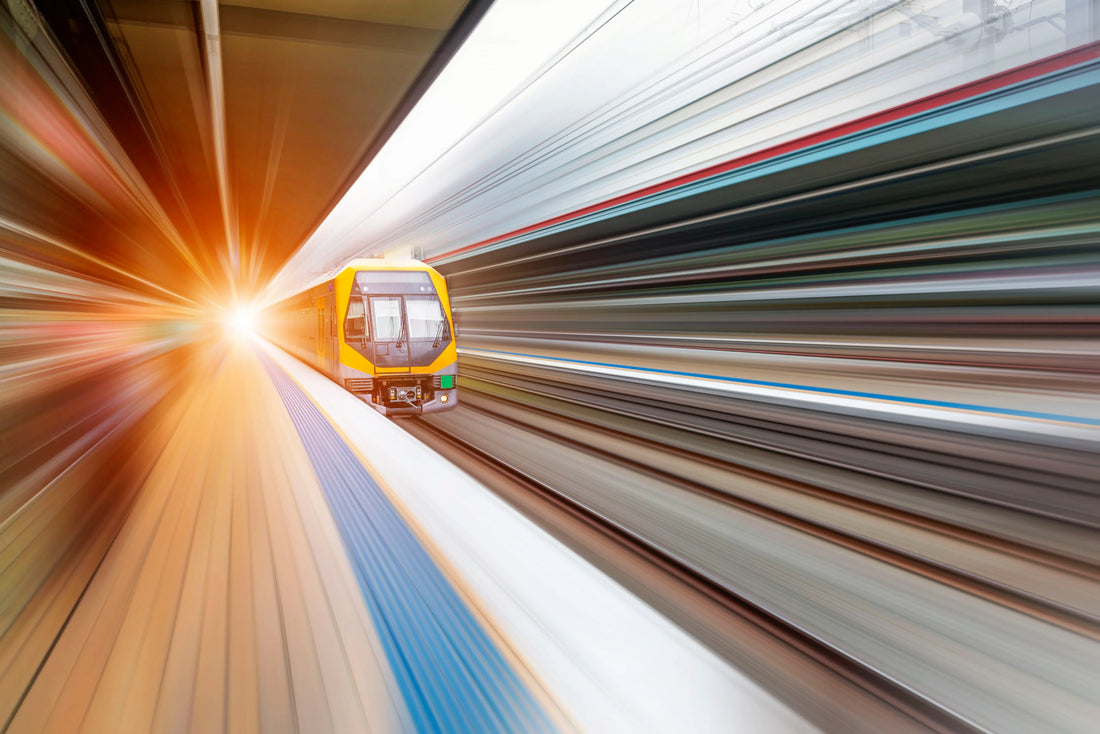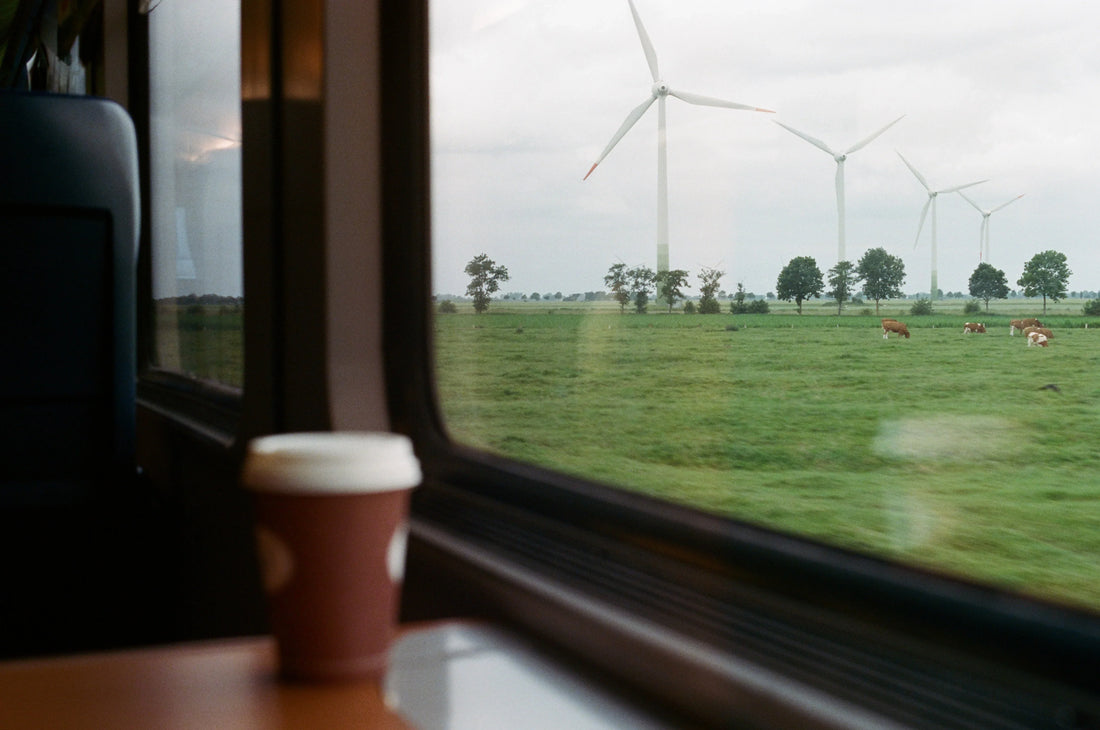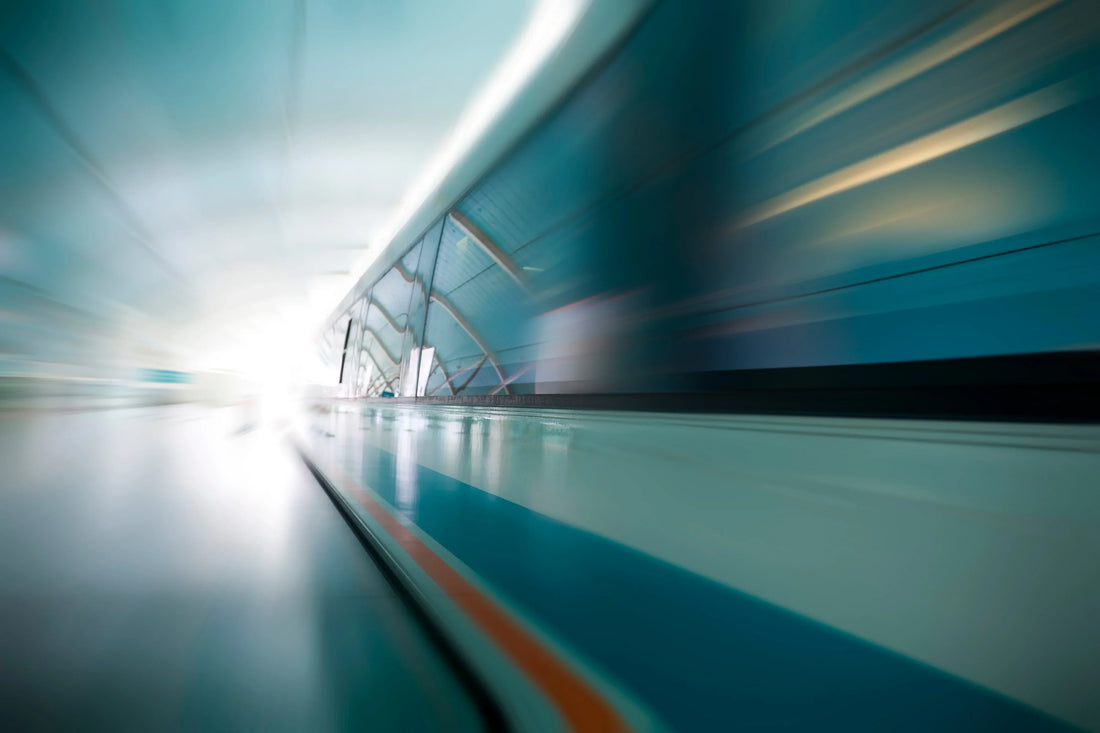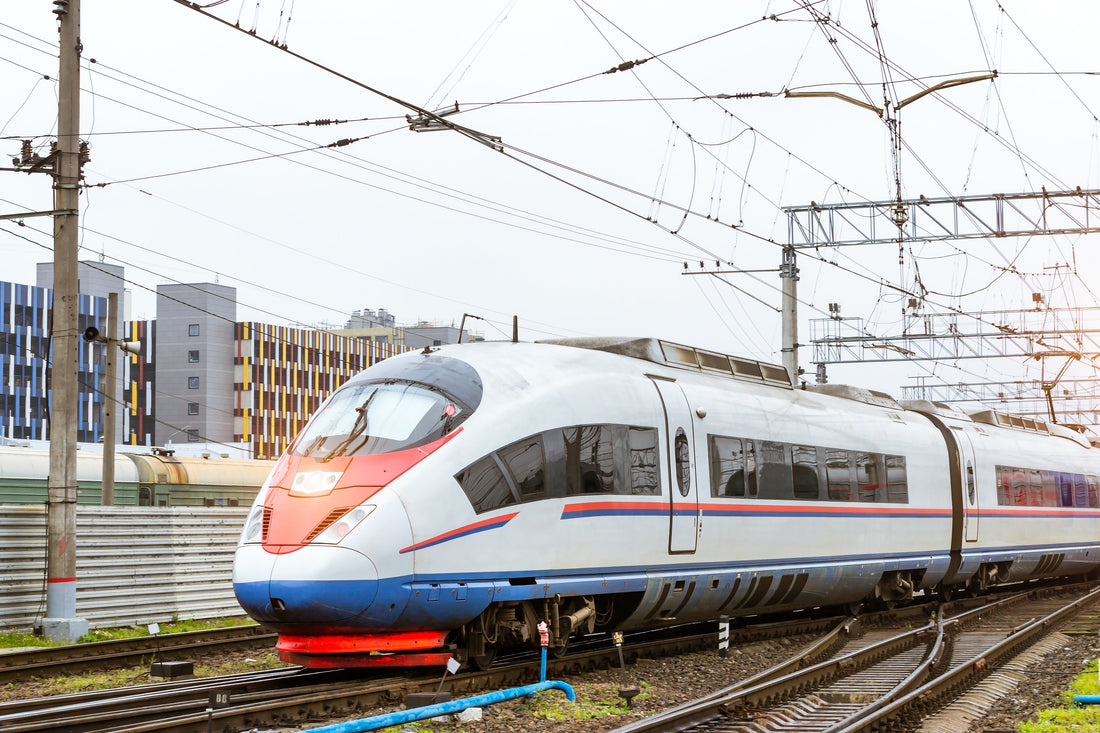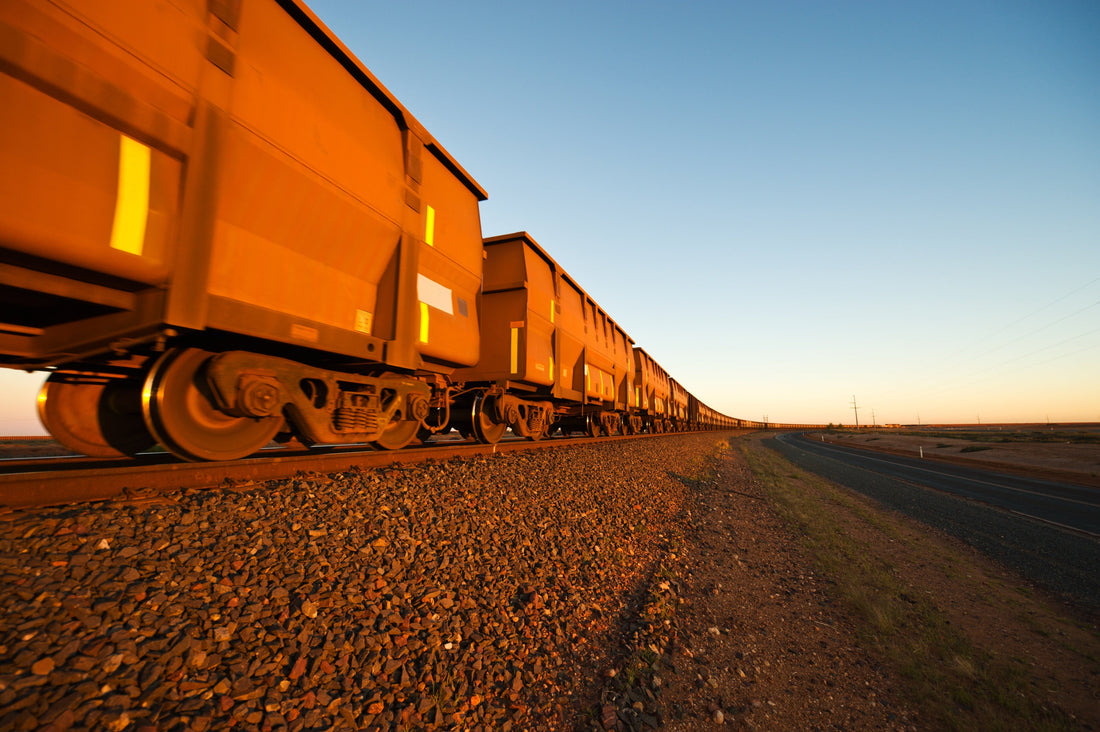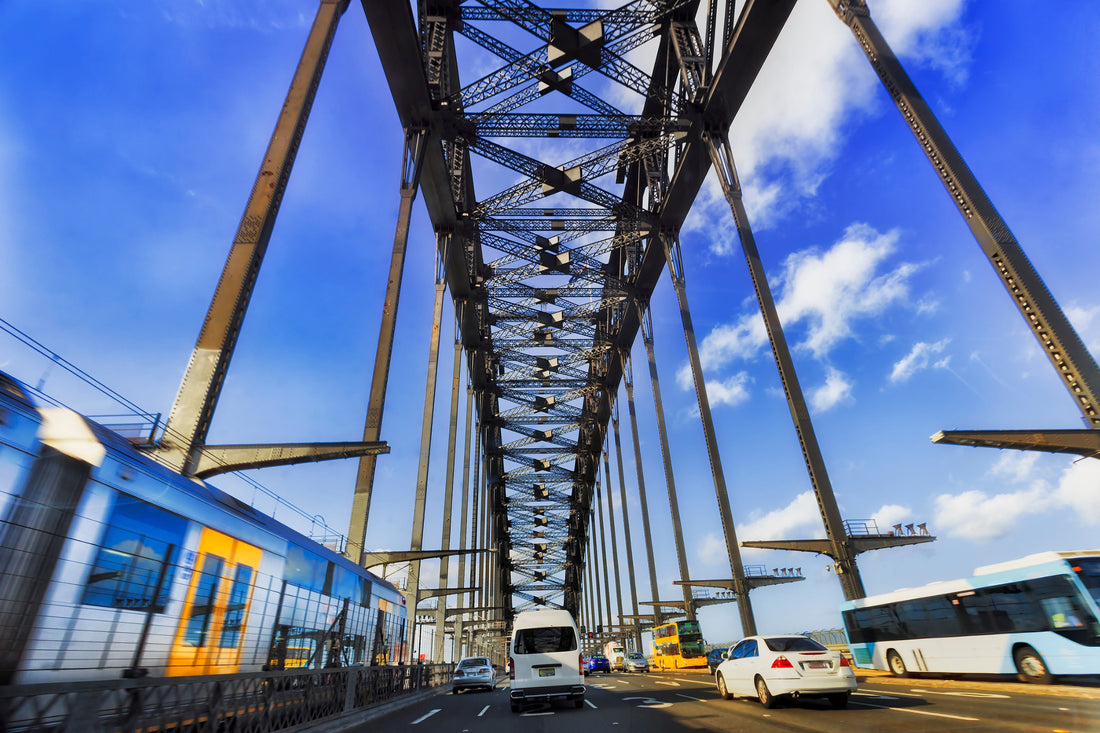The rail industry is undergoing a revolution as companies around the world move from diesel fuel as their main power source to hybrid and off-grid solutions. Diesel has been the power source of choice since the mid-20th century, driving a surge in development and making it easier for passengers and freight to get from Point A to Point B across the globe.
Soon, diesel will be the fuel of the past, as we see an increase in competition from alternative fuel sources like solar, wind, hybrid technology, and biofuels. The most forward-thinking rail companies have already made the move, switching to greener power sources. These companies have slashed emissions and reduced costs, and serve as an excellent example to diesel-reliant rail companies.
There are few sectors as well-positioned as the rail industry when it comes to leading a transformation to renewable, clean, and green energy. Compared to other types of heavy, high-emission, long-haul transpiration like semi trucks, planes, and ships, rail is able to be electrified. Rail companies are increasingly getting this electricity from clean sources like the wind and sun.
NS, the national railway company in the Netherlands, aimed to have all electric trains powered by wind energy by the 1st of January this year. The company met its goal a year earlier than anticipated.
A windmill running for just one hour is able to power one train for 120 miles. The company is hoping for a further 35% reduction in the amount of energy used per passenger by 2020 compared to 2005.
Rolls Royce has been experimenting with MTU’s hybrid PowerPack, which is the result of five years of ground-breaking work by the company. The system utilises the kinetic energy that diesel engines create while braking. The PowerPack stores this energy for use later, resulting in a 15-25% decrease in fuel consumption.
In San Francisco, the Bay Area Rapid Transit System (BART) has committed to deriving at least 50% of its electric portfolio from renewable sources, and a minimum of 90% from zero-carbon and low-carbon sources by 2025. By 2045, BART will be relying entirely on renewable and zero-carbon sources, and the company is now one of the first electrified public transit systems with a plan in place to convert to 100% renewable power.
BART is also planning to reduce operating costs by focusing on reducing its total energy consumption.
In Chile, Santiago Metro has partnered with SunPower and Latin American Power, constructing a complex of wind turbines and a tailored solar plant to power its rail system. The projects are due to be completed this year, and will provide the metro with power for up to 15 years.
At home, the Byron Bay Railroad Company restored a disused train and 70-year-old stretch of track, transforming it into the first train powered 100% by solar energy. This is a world first for the transportation industry. The train is powered by solar panels on the rooftop, but can also plug into the solar-powered charging station on cloudy days.
These are just a few of the rail companies currently prioritising sustainability while growing their bottom lines. If you’d like to do the same, get in touch today to learn how we can help.



















